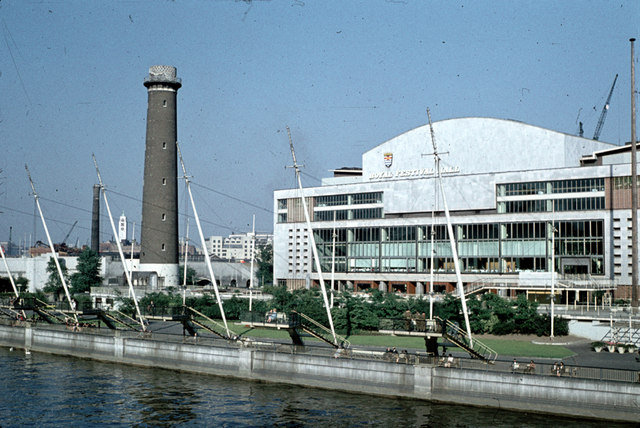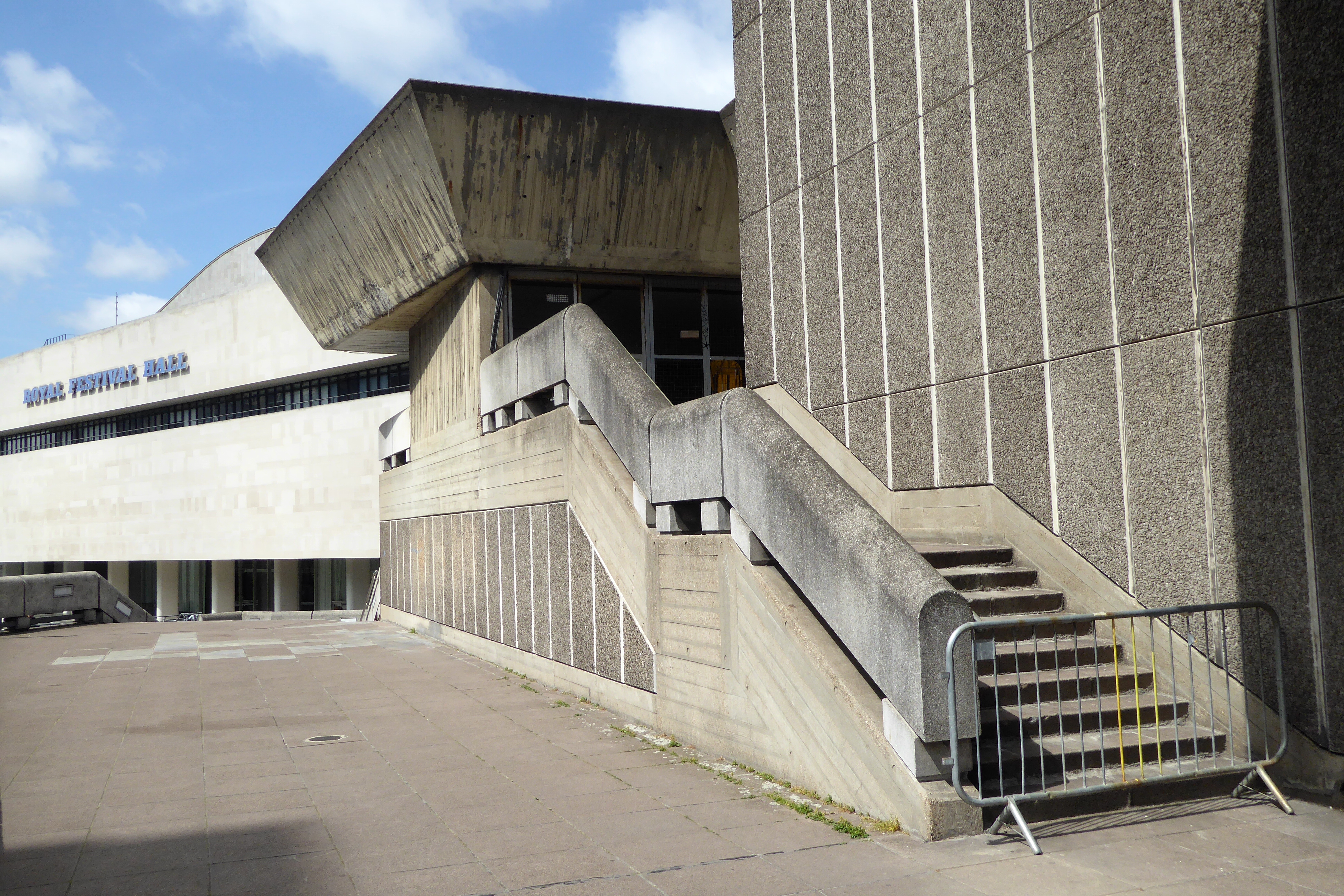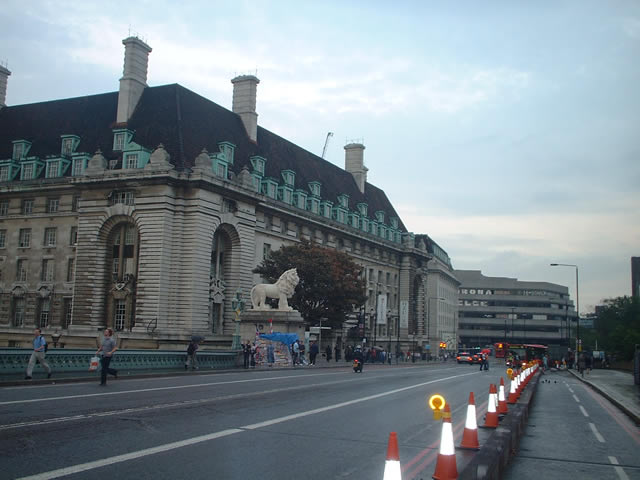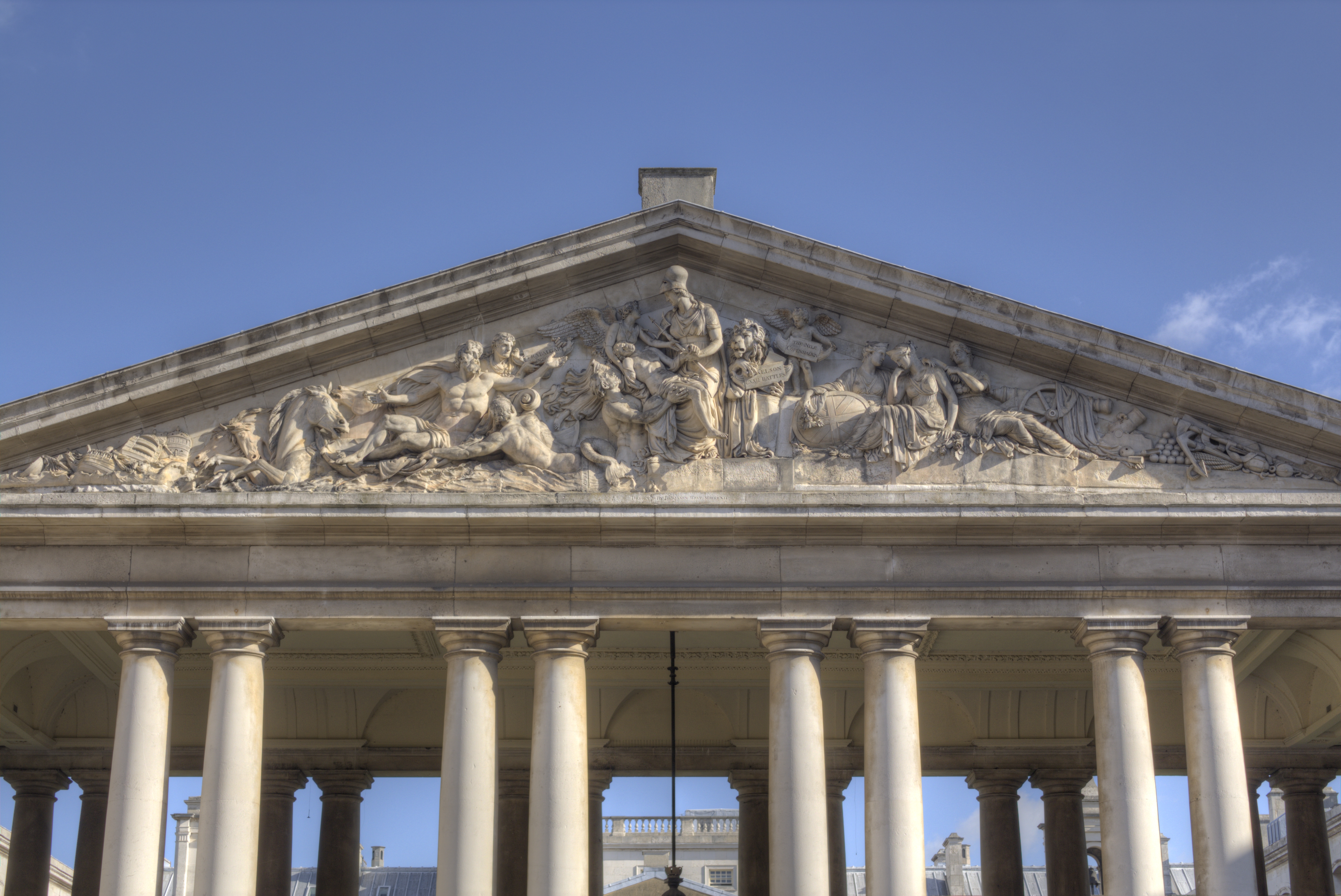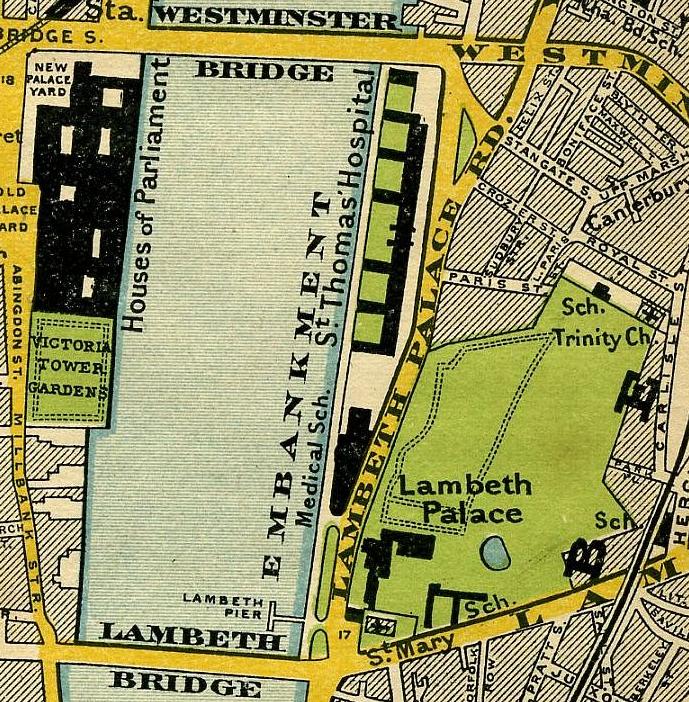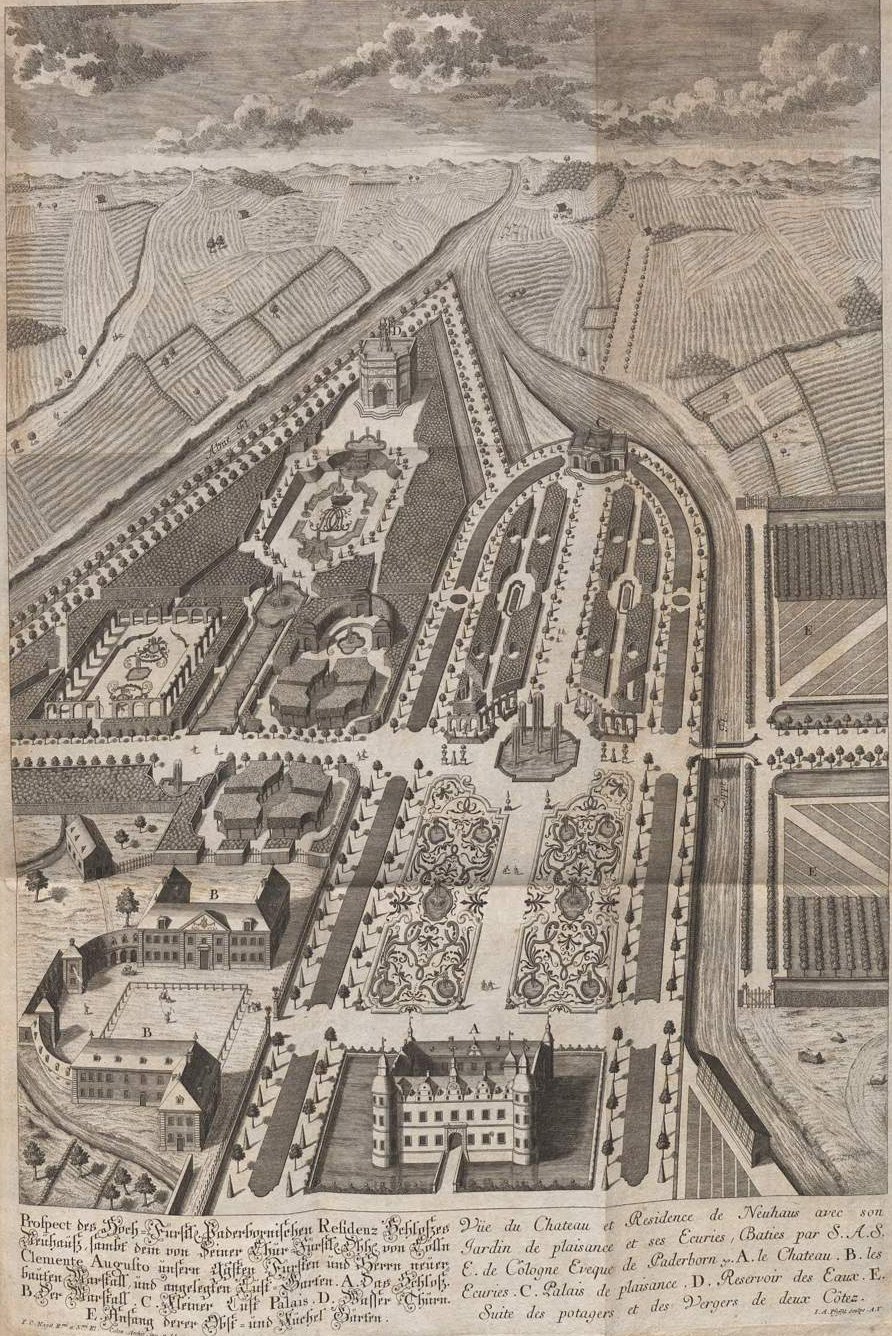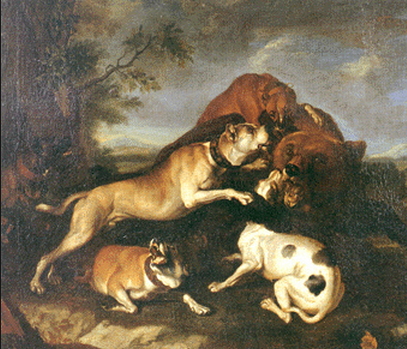|
South Bank, London
The South Bank is an entertainment and commercial area on the south bank of the River Thames, in the London Borough of Lambeth, central London, England. The South Bank is not formally defined, but is generally understood to be situated between County Hall in the west to the Oxo Tower on the borough boundary with Southwark, to the east. South Bank consists of a narrow strip of riverside land opposite the City of Westminster and adjoins the Albert Embankment to the west and Bankside in the London Borough of Southwark to the east. As such, the South Bank may be regarded as akin to the riverside part of an area known previously as Lambeth Marsh and North Lambeth. Throughout its history, it has twice functioned as an entertainment district, interspersed by around a hundred years of wharfs, domestic industry and manufacturing being its dominant use. Change came in 1917 with the construction of County Hall at Lambeth replacing the Lion Brewery. The name South Bank was first wi ... [...More Info...] [...Related Items...] OR: [Wikipedia] [Google] [Baidu] |
London Eye
The London Eye, originally the Millennium Wheel, is a cantilevered observation wheel on the South Bank of the River Thames in London. It is the world's tallest cantilevered observation wheel, and the most popular paid Tourist attractions in the United Kingdom, tourist attraction in the United Kingdom with over three million visitors annually. It has been featured numerous times in popular culture. The structure is tall and the wheel has a diameter of . When it opened to the public in 2000 it was the world's tallest Ferris wheel, until the Star of Nanchang in China surpassed it in 2006. Unlike taller wheels, the Eye is cantilevered and supported solely by an A-frame on one side. The Eye was the highest public viewing point in London until 2013, when it was surpassed by the The View from The Shard, View from The Shard observation deck. The London Eye adjoins the western end of Jubilee Gardens, Lambeth, Jubilee Gardens (previously the site of the former Dome of Discovery), on ... [...More Info...] [...Related Items...] OR: [Wikipedia] [Google] [Baidu] |
Royal National Theatre
The National Theatre (NT), officially the Royal National Theatre and sometimes referred to in international contexts as the National Theatre of Great Britain, is a performing arts venue and associated theatre company located in London, England, adjacent to (but not part of) the Southbank Centre. The theatre was founded by Laurence Olivier in 1963 and List of Royal National Theatre Company actors, many well-known actors have since performed with it. The company was based at The Old Vic theatre in Waterloo Road, London, Waterloo until 1976. The current building is located next to the Thames in the The South Bank, South Bank area of central London. In addition to performances at the National Theatre building, it tours productions at theatres across the United Kingdom. The theatre has transferred numerous productions to Broadway and toured some as far as China, Australia and New Zealand. However, touring productions to European cities were suspended in February 2021 over concerns ab ... [...More Info...] [...Related Items...] OR: [Wikipedia] [Google] [Baidu] |
The Hayward
The Hayward Gallery is an art gallery within the Southbank Centre in central London, England and part of an area of major arts venues on the South Bank of the River Thames. It is sited adjacent to the other Southbank Centre buildings (the Royal Festival Hall and the Queen Elizabeth Hall/Purcell Room) and also the National Theatre and BFI Southbank repertory cinema. Following a rebranding of the South Bank Centre to Southbank Centre in early 2007, the Hayward Gallery was known as the Hayward until early 2011. Description The Hayward Gallery was built by Higgs and Hill and opened on 9 July 1968. Its massing and extensive use of exposed concrete construction are features typical of Brutalist architecture. The initial concept was designed, with the Queen Elizabeth Hall and Purcell Room, as an addition to the Southbank Centre arts complex by team leader Norman Engleback, assisted by John Attenborough, Ron Herron and Warren Chalk, two members of the later founded group Archigram, of t ... [...More Info...] [...Related Items...] OR: [Wikipedia] [Google] [Baidu] |
Coin Street Community Builders
Coin Street Community Builders (CSCB) is a development trust and social enterprise which seeks to make London's South Bank a better place in which to live, to work, to visit and to study. Since 1984 CSCB has transformed a largely derelict 13-acre site into a thriving mixed-use neighbourhood. History Since its creation in 1984, CSCB redeveloped the Oxo Tower Wharf, Gabriel's Wharf, Bernie Spain Gardens and set up four housing co-operatives (Mulberry, Palm, Redwood and Iroko). The housing co-operatives are housed in new buildings commissioned by CSCB. Palm (also known as Broadwall) was designed by Lifschutz Davidson (now Lifschutz Davidson Sandilands) completed in 1994. Iroko was designed by architects Haworth Tompkins and was completed in 2001. In 2007, CSCB occupied new offices at the Coin Street neighbourhood centre, also designed by Haworth Tompkins. As well as offices the building includes a day nursery and crèche, conference and meeting facilities. CSCB also offers a ... [...More Info...] [...Related Items...] OR: [Wikipedia] [Google] [Baidu] |
Queen Elizabeth Hall
The Queen Elizabeth Hall (QEH) is a music venue on the South Bank in London, England, that hosts European classical music, classical, jazz, and avant-garde music, talks and dance performances. It was opened in 1967, with a concert conducted by Benjamin Britten. The QEH was built along with the smaller Purcell Room as part of Southbank Centre arts complex. It stands alongside the Royal Festival Hall, which was built for the Festival of Britain of 1951, and the Hayward Gallery which opened in 1968. History The QEH stands on the site of Shot Tower, Lambeth, a former shot tower, built as part of a lead works in 1826 and retained for the Festival of Britain. The QEH and the Purcell Room were built together by Higgs and Hill and opened in March 1967. The venue was closed for two years of renovations in September 2015, and reopened in April 2018. Description The QEH has over 900 seats and the Purcell Room in the same building has 360 seats. The two auditoriums were designed by a ... [...More Info...] [...Related Items...] OR: [Wikipedia] [Google] [Baidu] |
South Bank Lion
The ''South Bank Lion'' is an 1837 sculpture in Central London. Since 1966 it has stood next to County Hall, on the South Bank of the River Thames. It is a significant depiction of a lion, along with the four that surround Nelson's Column in Trafalgar Square just across the river. The statue is about long and high, and weighs about . It was cast in 1837, the year of Queen Victoria's accession, of Coade stone, one of the earliest types of artificial stone. The material is very resistant to weathering, and the fine details of the lion's modelling still remain clear after decades of exposure to the corrosive effects of London's severe air pollution, the infamous pea soup fog, prior to the passage of the Clean Air Act 1956. The statue was made in separate parts and cramped together on an iron frame. It was formerly known as the Red Lion, as it was painted that colour between 1951 and 1966. History The lion was originally mounted on the parapet of James Goding's Lion Brewer ... [...More Info...] [...Related Items...] OR: [Wikipedia] [Google] [Baidu] |
Coade Stone
Coade stone or ''Lithodipyra'' or ''Lithodipra'' () is stoneware that was often described as an artificial stone in the late 18th and early 19th centuries. It was used for moulding neoclassical architecture, neoclassical statues, architectural decorations and garden ornaments of the highest quality that remain virtually weatherproof today. Coade stone features were produced Royal Warrant of Appointment (United Kingdom), by appointment to George III of the United Kingdom, George III and the George IV of the United Kingdom, Prince Regent for St George's Chapel, Windsor; Royal Pavilion, The Royal Pavilion, Brighton; Carlton House, London; the Royal Naval College, Greenwich; and refurbishment of Buckingham Palace in the 1820s. Coade stone was prized by the most important architects such as: John Nash (architect), John Nash-Buckingham Palace; Sir John Soane-Bank of England; Robert Adam-Kenwood House; and James Wyatt-Radcliffe Observatory. The product (originally known ... [...More Info...] [...Related Items...] OR: [Wikipedia] [Google] [Baidu] |
North Lambeth
Lambeth () is a district in South London, England, which today also gives its name to the (much larger) London Borough of Lambeth. Lambeth itself was an ancient parish in the county of Surrey. It is situated 1 mile (1.6 km) south of Charing Cross, across the river from Westminster Palace. The population of the London Borough of Lambeth was 303,086 in 2011. The area experienced some slight growth in the medieval period as part of the manor of Lambeth Palace. By the Victorian era, the area had seen significant development as London expanded, with dense industrial, commercial and residential buildings located adjacent to one another. By this point, there were distinct localities (like Vauxhall) appearing on the map, and a separate parish of South Lambeth was created in 1861. The changes brought by World War II altered much of the fabric of Lambeth. Subsequent development in the late 20th and early 21st centuries has seen an increase in the number of high-rise buildings. The ... [...More Info...] [...Related Items...] OR: [Wikipedia] [Google] [Baidu] |
The Queen's Walk (South Bank)
The Queen's Walk is a promenade located on the southern bank of the River Thames in London, England, between Lambeth Bridge and Tower Bridge. The creation of pedestrian access along the south bank of the Thames was seen as an integral part of the creation of the Jubilee Walkway to mark the Silver Jubilee of Queen Elizabeth II in 1977. However, the last section was not established until the completion of construction of London Bridge City c.1990. In 1996, the Walk was recognised as a foundation for establishing the Thames Path national trail through London. This is a convenient route of several miles for tourists to walk from the London Eye Ferris wheel past numerous attractions to Tower Bridge and the Tower of London The Tower of London, officially His Majesty's Royal Palace and Fortress of the Tower of London, is a historic citadel and castle on the north bank of the River Thames in central London, England. It lies within the London Borough of Tower Hamle .... Exte ... [...More Info...] [...Related Items...] OR: [Wikipedia] [Google] [Baidu] |
Pleasure Garden
A pleasure garden is a park or garden that is open to the public for recreation and entertainment. Pleasure gardens differ from other public gardens by serving as venues for entertainment, variously featuring such attractions as concert halls, bandstands, amusement rides, zoos, and menageries. Historically a "pleasure garden" or ''pleasure ground'' meant private flower gardens, shrub gardens or formal wooded areas such as bosquets, that were planted for enjoyment, with ornamental plants and neat paths for walking. These were distinguished from the areas in a large garden planted as lawns or a landscaped park, or the "useful" areas of the kitchen garden and woodland. Pleasure gardens provided a cool and refreshing refuge from the summer heat. The Mediterranean gardens were also maintained in the winter season, with winter rain allowing for the upkeep of rose and almond trees in northern Italy. This made the gardens a welcome retreat throughout the year. The two meanings of the t ... [...More Info...] [...Related Items...] OR: [Wikipedia] [Google] [Baidu] |
Bear-baiting
Bear-baiting was a historical blood sport in which a chained bear and one or more dogs were forced to fight one another. It also sometimes involved pitting a bear against another animal. Until the 19th century, it was commonly performed in Great Britain, Sweden, India, Pakistan, and Mexico among others. Today, "bear-baiting" most commonly refers to the practice of using edible bait to lure bears into an area for hunting. Bear-baiting in all forms has been subject to controversy and debate among animal rights advocates for centuries. History Europe Great Britain Bear-baiting was very popular from the 12th until the 19th century. From the 16th century, many bears were maintained for baiting. In its best-known form, arenas for this purpose were called bear-gardens, consisting of a circular high fenced area, the " pit", and raised seating for spectators. A post would be set in the ground towards the edge of the pit and the bear chained to it, either by the leg or neck. Severa ... [...More Info...] [...Related Items...] OR: [Wikipedia] [Google] [Baidu] |
